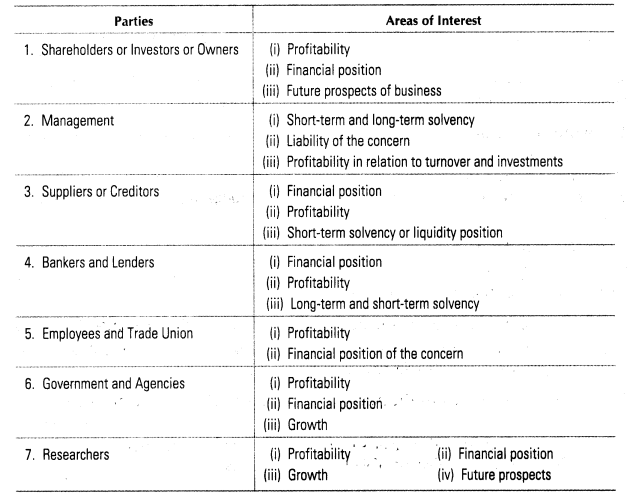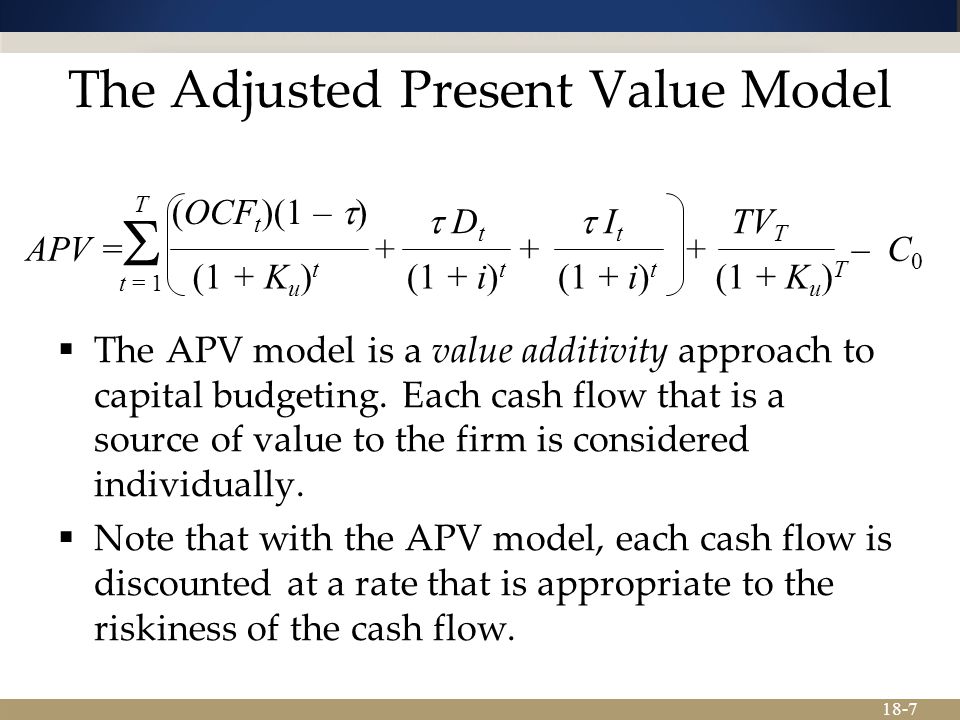What is learning curve?

The formula stipulates that the more attempts that are included, the more the overall time will decrease. The formula can be used to predict a learner’s rate of learning of a simple task or even help businesses to predict the production rate of a product. There will be no competition, no matter how saturated the market is. You can increase your value and demand by using the learning curve theory to your advantage. This curve is used to illustrate activities that are easy to learn but where performance gains level off relatively quickly. These tasks are often repetitive or straightforward actions such as rudimentary assembly line or data entry tasks.
Navigating the Learning Curve: AI’s Struggle with Memory Retention – Unite.AI
Navigating the Learning Curve: AI’s Struggle with Memory Retention.
Posted: Tue, 25 Jul 2023 07:00:00 GMT [source]
Organizations can then provide additional support or resources needed. The model was widely applied during World War II (WWII) when it was realized that the cost of aircraft decreased with the increase in production performance. It was later taken up by the industrial and business sector for a variety of performance improvement applications. Measured
The other application of learning curve is quantitative, where mathematical models are created to represent the rate of proficiency or mastery of a task. This model describes a situation where perhaps a complex task is being learned and the rate of learning is initially slow. The experience curve theory states that the effort to complete a task should take less time and effort the more the task is done over time.
What is a learning curve?
Efficiency and development curves typically follow a two-phase process of first bigger steps corresponding to finding things easier, followed by smaller steps of finding things more difficult. It reflects bursts of learning following breakthroughs that make learning easier followed by meeting constraints that make learning ever harder, perhaps toward a point of cessation. Generalized
The learning curve is often used in colloquial speech to describe the time and effort required when learning something challenging. The rate of progression increases rapidly at the beginning and then decreases over time.
- In the example of learning to read, the variables could include phonetics, vocabulary, type of reading material, teaching methods, motivation, previous knowledge or experience, quality of practice, and much more.
- The learning curve also is referred to as the experience curve, the cost curve, the efficiency curve, or the productivity curve.
- A high learning curve indicates to a business that something might require intensive training, but that an employee will quickly become more proficient over time.
- Activities that follow a diminishing returns learning curve are the most straightforward when measuring and predicting how the performance and output of a workforce will change over time.
- Then, you will get to know the top 10 tips to boost your learning curve so that you can eventually find a way out of this stress.
- These are often highly complex tasks or require higher degrees of creative or strategic thought.
In addition, note that the incremental time is a cumulation of more and more units as the table is extended. For example, the 600 hours of incremental time for task No. 2 is the time it took to yield one additional task. However, the 960 hours in the next row is the time it took to yield two additional tasks. If the software is important for productivity, then employee performance could decrease over time if employees cannot effectively use the software.
Examples of learning curve
You could be putting too much pressure on yourself or not working hard enough. Imagine doing all the hard work but not noticing any learning progress in the end. To keep this devastating misfortune from happening, keep evaluating yourself regularly. It can be done weekly or bi-weekly as per the nature of what you’re practicing. For the performance of one person in a series of trials the curve can be erratic, with proficiency increasing, decreasing or leveling out in a plateau. Ivan is a dedicated and versatile professional with over 12 years of experience in online marketing and a proven track record of turning challenges into opportunities.
It shows that for every doubling of a company’s output, the cost of the new output is 80% of the prior output. As output increases, it becomes harder and harder to double a company’s previous output, depicted using the slope of the curve, which means cost savings slow over time. Some tasks take a lot of effort initially but are easy to master once the basics have been learned (such as learning to ride a bike). Companies know how much an employee earns per hour and can derive the cost of producing a single unit of output based on the number of hours needed.
Wright’s experience curve
Because a surgeon is essentially practicing the same skill over and over whenever that procedure is done, the learning curve can be applied to show individual learning and performance over time. But what if the production time was based on the first few attempts? What if by the 100th time the product was produced, production time is reduced to one hour?

For example, an organization seeking to improve the performance of customer service could decide that the implementation of a new initiative (# of attempts) would result in a decrease in customer complaints (performance). The organization could track and analyze the repetitive practice of this initiative over time to determine if indeed customer complaints decreased over time. The learning curve can be used to predict potential costs when production tasks change. For example, when the pricing of a new product is being determined, labor costs are factored in.
Products
Creating an environment of self-awareness can increase both the rate at which your staff learns and performance quality. Provide educational opportunities for self-understanding and by extension, others. The more we understand the way our brains work, the more empathy and patience we have towards others. Create opportunities for your staff to evaluate their learning styles and follow up with training specifically geared to capitalizing on the way they absorb new information.
As workers produce more product, the per-unit cost will often decrease. Learning curves are used by psychologists, students, teachers, employees and employers to plot progress and set expectations on how much time, training and study might be required to attain competent knowledge of a subject. In IT, learning curves are considered in user interface and product design.

There are many variables in learning that impact the rate of progression and cannot be accurately reflected in the learning curve model. The latter half of the curve indicates that the learner now takes less time to complete the task as they have become proficient in the skills required. Often the end of the curve begins to level off, indicating a plateau or new challenges. The bottom of the curve indicates slow learning as the learner works to master the skills required and takes more time to do so.
Dictionary Entries Near learning curve
These are often highly complex tasks or require higher degrees of creative or strategic thought. Performance may increase steadily at the beginning before reaching a plateau once learners have mastered the basics. This productivity plateau may lead to additional performance increases as they learn more advanced concepts. L&D managers should expect to encounter complex learning curves when a tech organization adopts a new programming language, for example.
This will help you get the hang of the process before you move on to tougher tasks. Training the estimator and computing
the score are parallelized over the different training and test sets. When that happens, it’s key to surround an employee with the right supporting team. A good team will include members from all phases of the curve, who can contribute diverse perspectives and skills. When the results of a large number of individual trials are averaged then a smooth curve results, which can often be described with a mathematical function.
Translations of learning curve
A well-placed employee who is set up for success should decrease the company’s costs per unit of output over time. Businesses can use the learning curve to inform production planning, cost forecasting, and logistics schedules. The economic learning of productivity and efficiency generally follows the same kinds of experience curves and have interesting secondary effects.
A learning curve is important because it can be used as a planning tool to understand when operational efficiencies may occur. The learning curve identifies how quickly a task can be performed over time as the performer of that task gains proficiency. This is useful for a company to know when allocating employee’s time, dedicating training for new procedures, or allocating costs across new products. However, the graph above fails to demonstrate how the process is becoming more efficient. Because of the graph’s upward slowing curve, it appears it takes incrementally more time to perform more tasks. However, due to the nature of the learning curve, the x-axis is doubling and incrementally taking less time per unit.
NASCAR Learning Curve Continues for SVG with 10th at Indy – TobyChristie.com
NASCAR Learning Curve Continues for SVG with 10th at Indy.
Posted: Mon, 14 Aug 2023 13:47:06 GMT [source]
As employees continue using the programming language, there will be periodic peaks and plateaus, which may be unique to each individual. These tasks are often made up of multiple complex actions or require Learning Curve learning many unfamiliar concepts. When the learner is first introduced to the task, they may need to learn each step and each concept before they are able to complete the task successfully.
